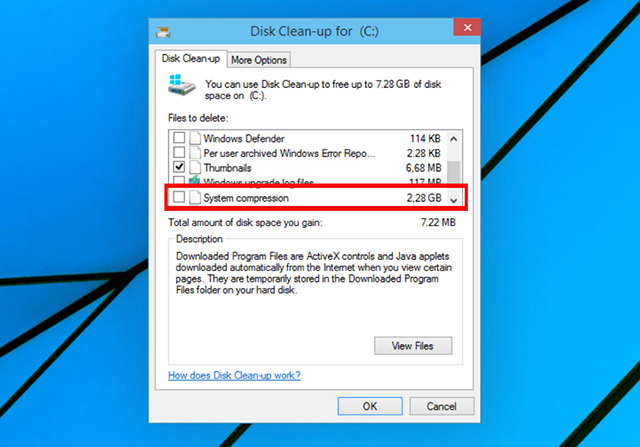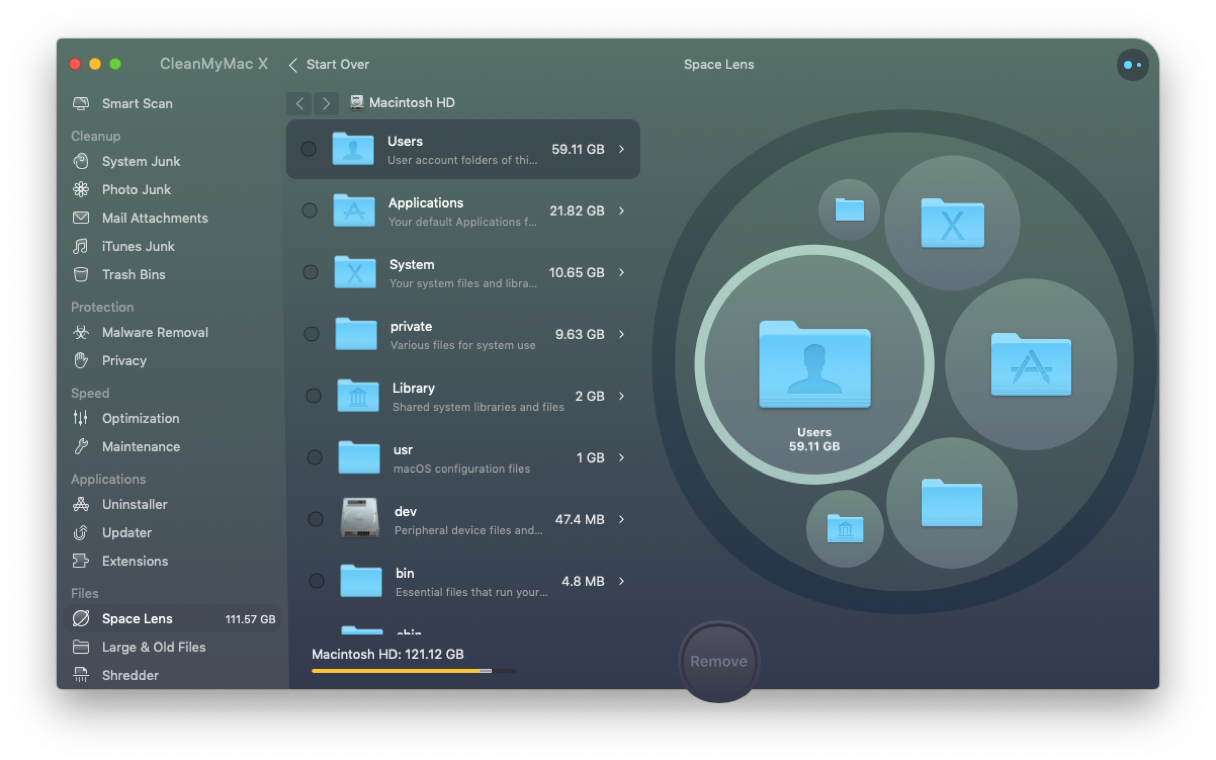


From here, go to Contents > Resources and look for files ending in. We only include products that have been independently selected by Input's editorial team. To clear up space on your Mac, delete the ones you don’t need: Open a Finder window. Input may receive a portion of sales if you purchase a product through a link in this article. I tried out a bunch of options to get the job done - read on for my favorites. Or, to really be safe, only delete files you know you don’t need.) (If you’re not sure whether or not it’s okay to delete some unknown file, we’d recommend Googling it to see what it’s used for. Here’s the best thing you can do: Download an app to visualize your disk space, find which files are eating up your drive, then work on deleting them. Empty the Trash Archive old files Clean up system logs and temporary files Remove unused localization files Delete the Previous Systems folder from a prior. The Storage Management pane is at best an overview of the massive clutter that’s collected in your Mac. You can save space by optimizing storage, the notification tells you, along with the choice of either closing the notification (temporary bliss) or “managing” your space (eternally frustrating). When the dreaded notification pops up in the upper right of your Mac screen, it can feel maddening: Your disk is almost full.


 0 kommentar(er)
0 kommentar(er)
